This preprint represents the work from the first chapter of my Master’s thesis.

Summary
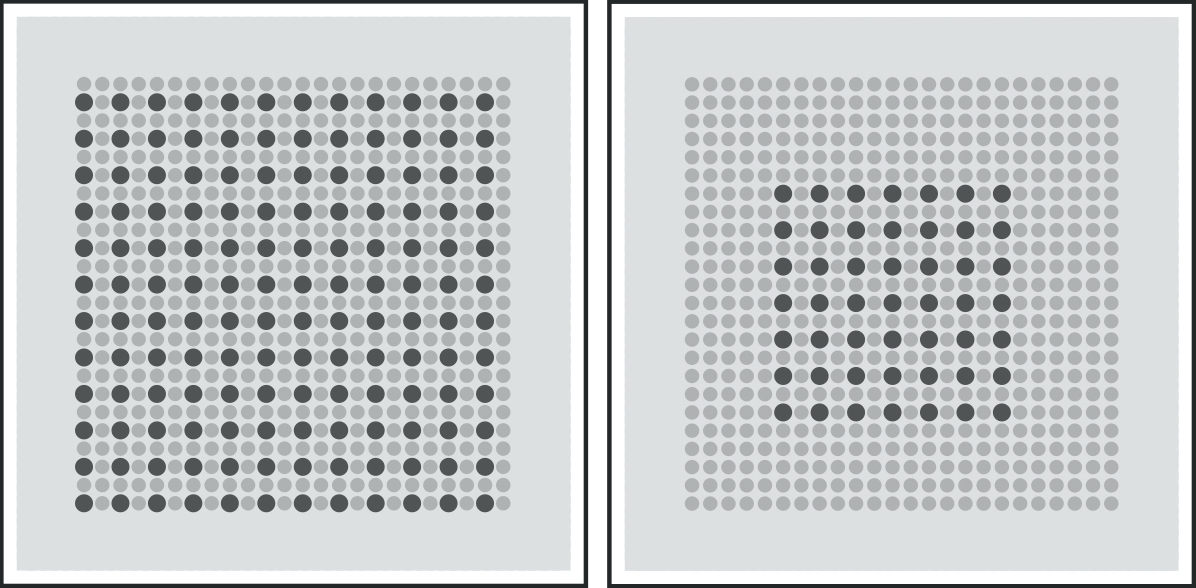
Spatial capture-recapture (SCR) has emerged as the industry standard to estimate animal density. The precision of such estimates is dependent fundamentally on the sampling design, but despite this knowledge, SCR design remains poorly understood.
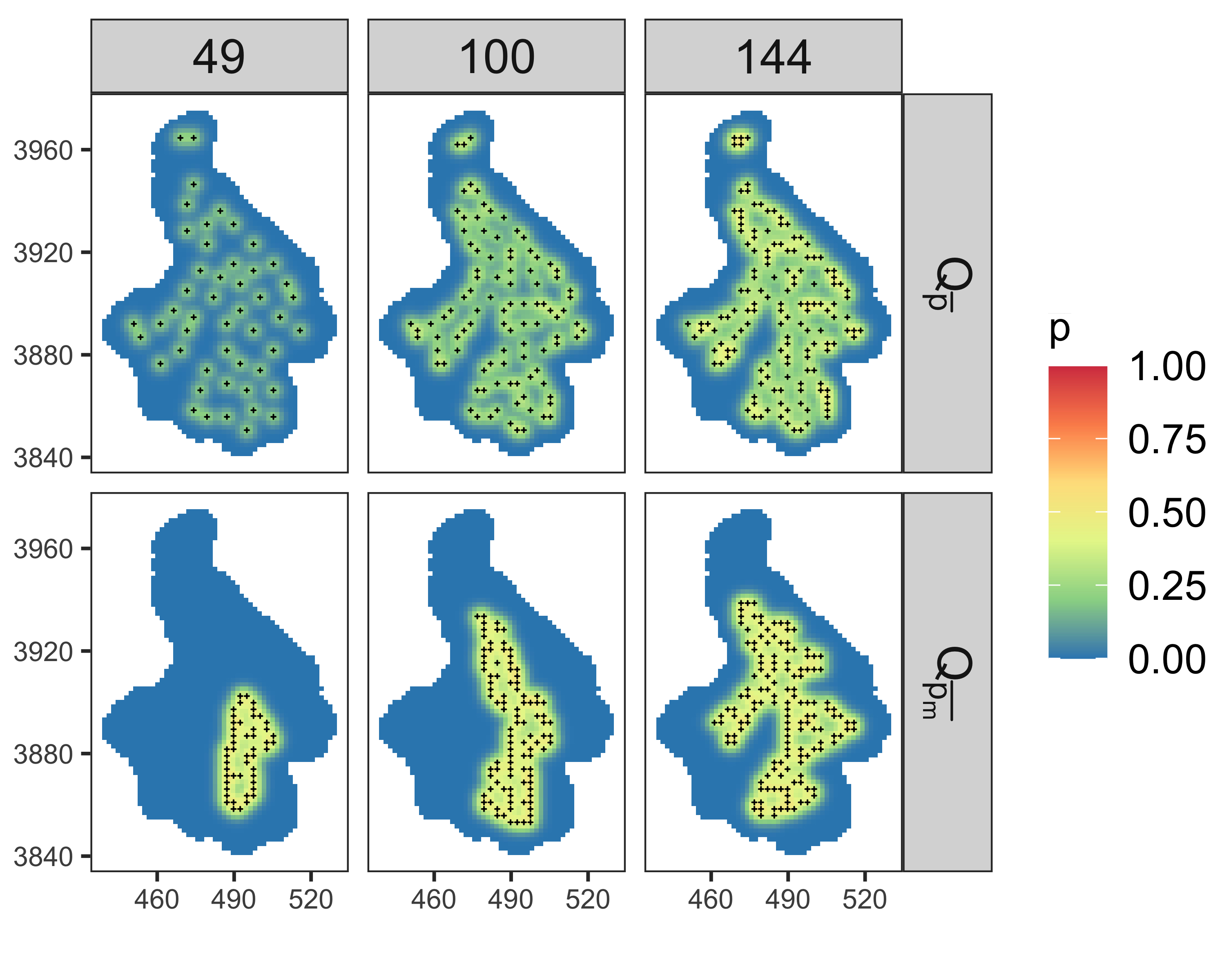
Motivation: In reality, landscapes are logistically challenging to sample, and pre-existing design heuristics don't easily apply.
Solution: We propose a genetic algorithm to optimize any sensible, criteria-based objective function to produce near-optimal sampling designs.
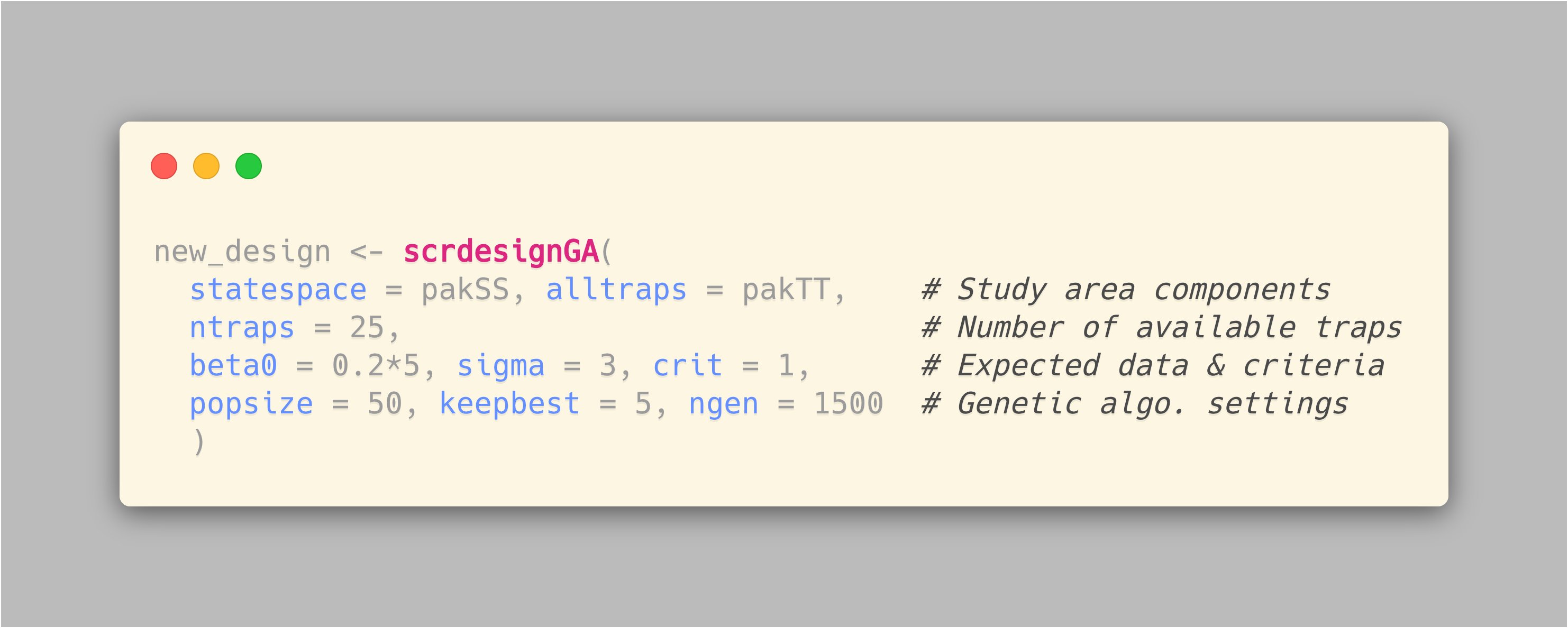
Our approach, implemented in oSCR, explicitly incorporates information about a species of interest & logistic constraints, bringing clarity & flexibility to decision-making for SCR design generation.
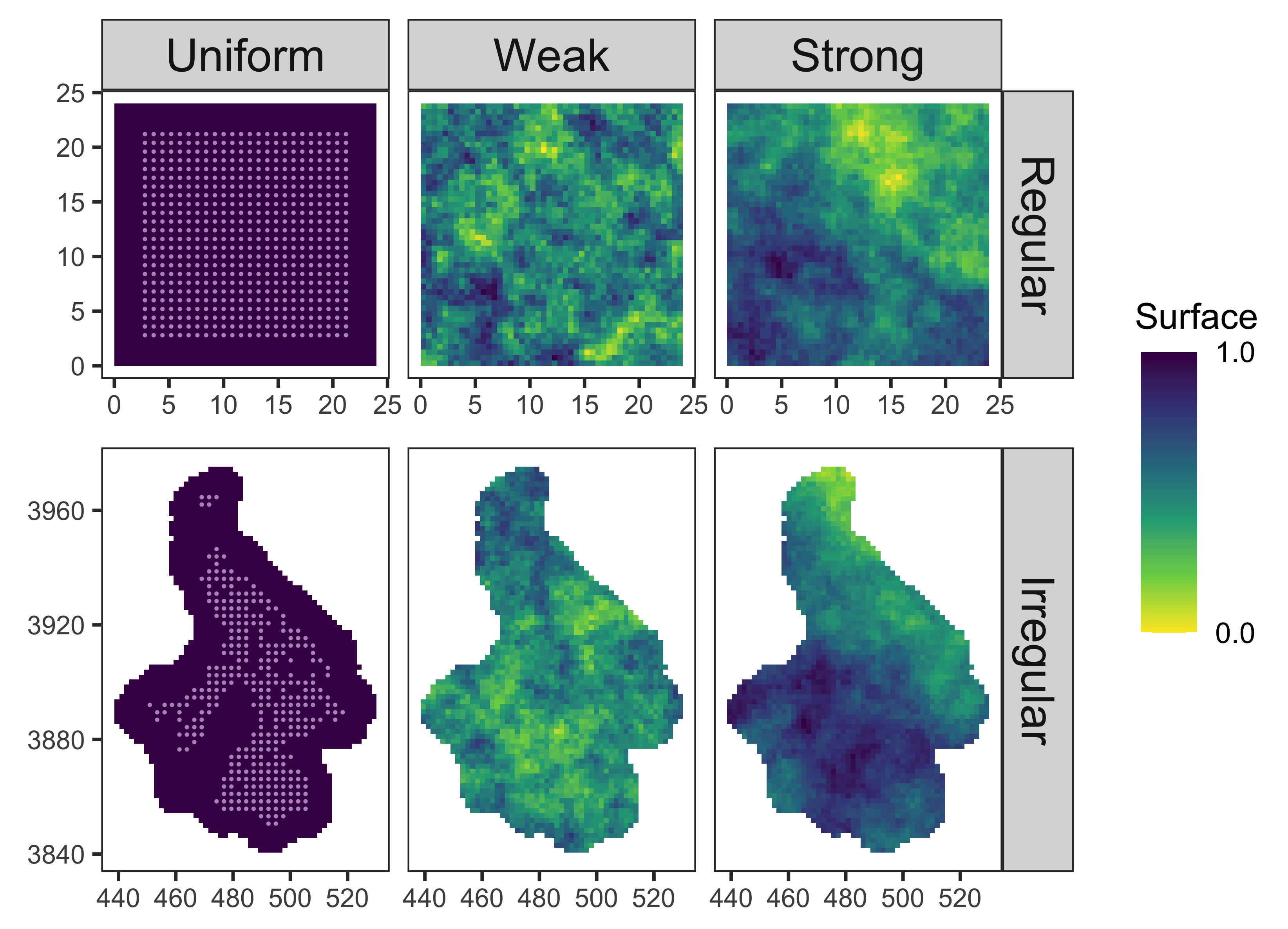
We generated ‘optimal’ designs using the algorithm and evaluated them, via simulation, across a set of realistic constraints, including variation in: effort, study area shape, and density pattern.
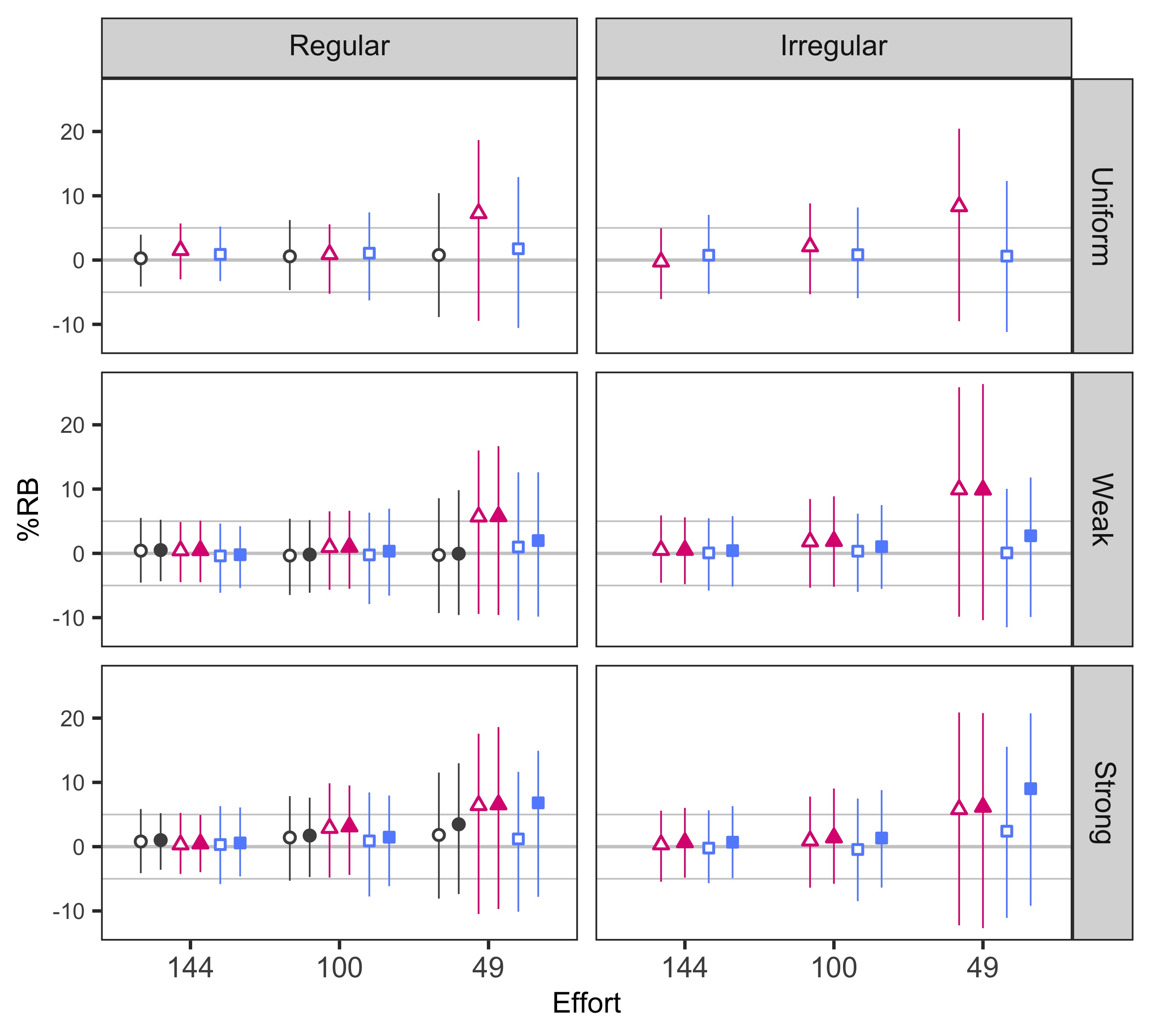
Bottom line: our designs perform as well as existing recommendations, but with far more flexibility to be applied in any landscape, and further, they appear robust to spatial variation in density.
We hope that by developing this tool and making it freely available and easy to use, SCR studies will be better designed, allowing researchers, practitioners, and managers to make the most of their resources, and in turn, improve their monitoring efforts!
Download the paper from bioRxiv, and defintely check out the discussion on Twitter!
This work received support from Panthera, the Pakistan Snow Leopard and Ecosystem Protection Program, and the Snow Leopard Foundation. Thank you!
Our preprint on #scrdesign is live! [a thread, 1/n]
— Gates Dupont (@gatesdupont) April 19, 2020
"Towards optimal sampling design for spatial capture-recapture"
Myself, Andy Royle (@andyroyle_pwrc), Ali Nawaz, & Chris Sutherland (@chrissuthy), with support from @snowleopards, @PantheraCats https://t.co/ouxUECODWa

